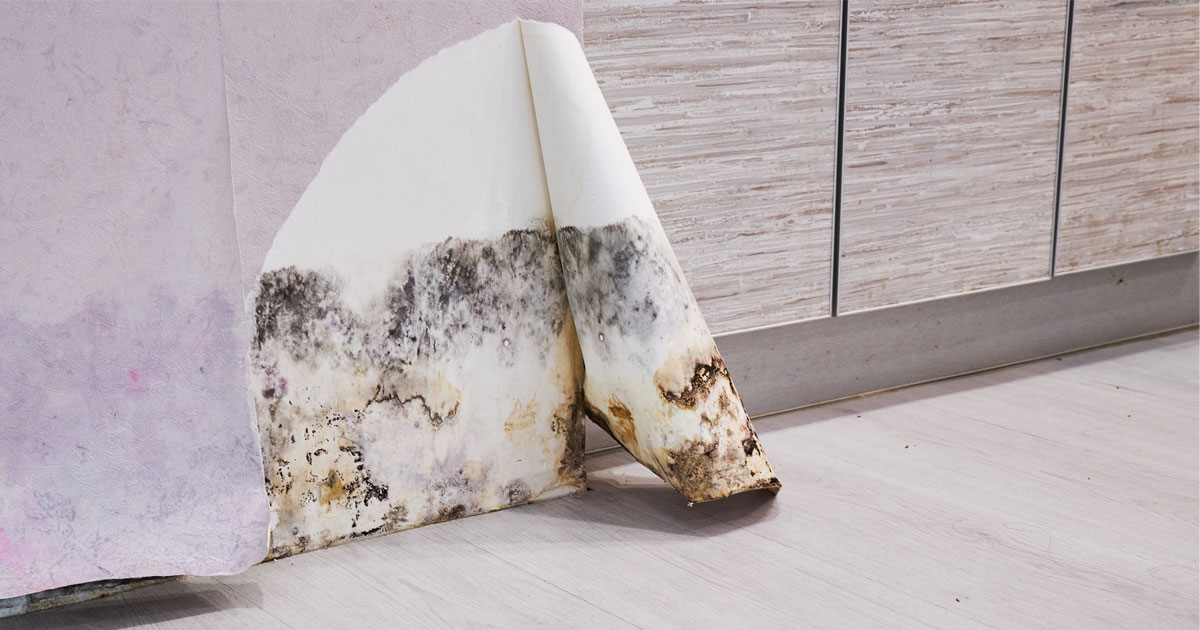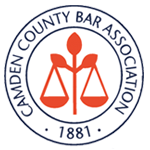Mold may naturally occur, but it does not belong in an office, manufacturing facility, or other job site. When allowed to grow without remediation, mold can become a source of significant health problems in workers and anyone who stays in the workplace an extended length of time. Mold can also begin to destroy the physical space as it infiltrates materials in floors, walls, ceilings, and other spots, damaging the infrastructure and costing money to replace office furnishings.
Common Places of Potential Mold Growth
Any area from the kitchen breakroom to the supply closet has the potential to become filled with mildew. Mold spores simply require high levels of humidity to distribute themselves around an area. While mold does not show itself immediately, it usually emits an unpleasant scent that indicates its presence. Therefore, many people smell mold long before they see it. As mold growth becomes more widespread, it may become noticeable. Many people have already heard of black mold. However, mold can be other colors, including yellow, brown, and reddish-brown.
Effects of Mold on Humans
Not every person will be affected by mold. Regardless, plenty of people have moderate to quite serious physical responses when they work around mold daily. They might not know how mold will affect them until they encounter it. Common types of mold-related health symptoms fall under the category of respiratory illnesses. Asthma is frequently reported among employees whose workplaces are found to have high amounts of mold spores in the air or on objects. Another respiratory issue is pneumonitis, which mimics pneumonia but cannot be fixed with antibiotics.
Another symptom of mold exposure among workers is frequent headaches. For some team members, their mold-induced headaches can reach severe levels, as in the case of chronic migraines that leave them unable to concentrate on their positions. Yet, other issues related to mold on the job echo allergy problems. These can include watery eyes, uncontrollable sneezing, and consistent sore or scratchy throats.
How to Stop Mold in a Work Zone
Employees should look out for signs of mold and mildew, which can creep up over time. When they spot them, they should immediately warn their employers or union representatives in writing to create a chain of documentation. An employee who keeps experiencing physical ailments that might be linked to mold should seek medical attention. A physician will be able to rule out other diagnoses, as well as suggest treatment to relieve the worker’s symptoms. If the worker needs to take time off and file a workers’ compensation claim due to unending mold exposure at work, having medical backup will be essential.
Cherry Hill Workers’ Compensation Lawyers at Pietras Saracino Smith & Meeks, LLP Advocate for Workers with Occupational Illnesses
A mold-free workplace should always be the goal of both employees and employers. If you experienced mold-related health concerns at work, contact a Cherry Hill workers’ compensation lawyer at Pietras Saracino Smith & Meeks, LLP before filing your claim. Call us at 856-761-3773 or contact us online for a free consultation. Located in Cherry Hill, New Jersey, we represent clients throughout South Jersey, including Camden, Cinnaminson, Delran, Maple Shade, and Pennsauken.













